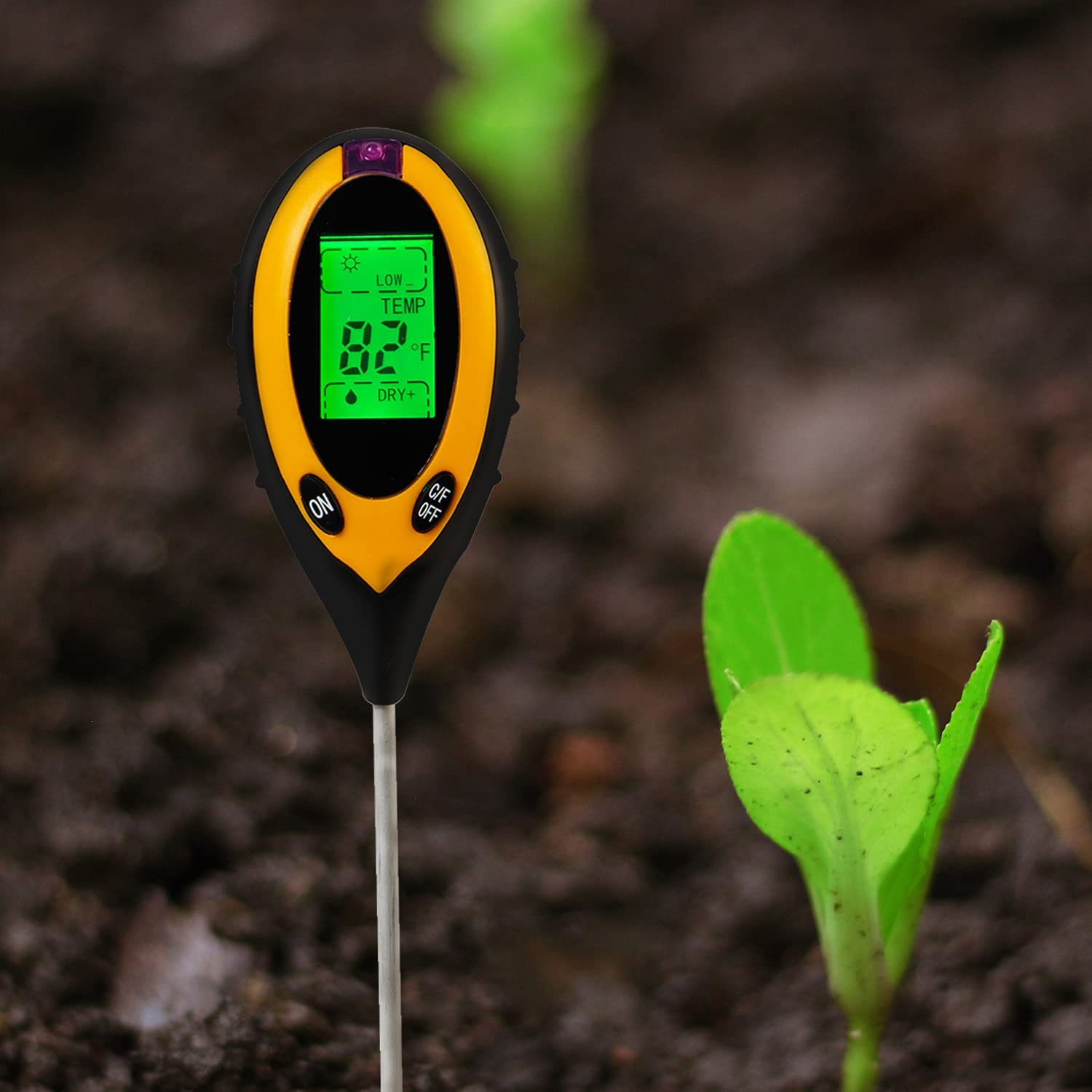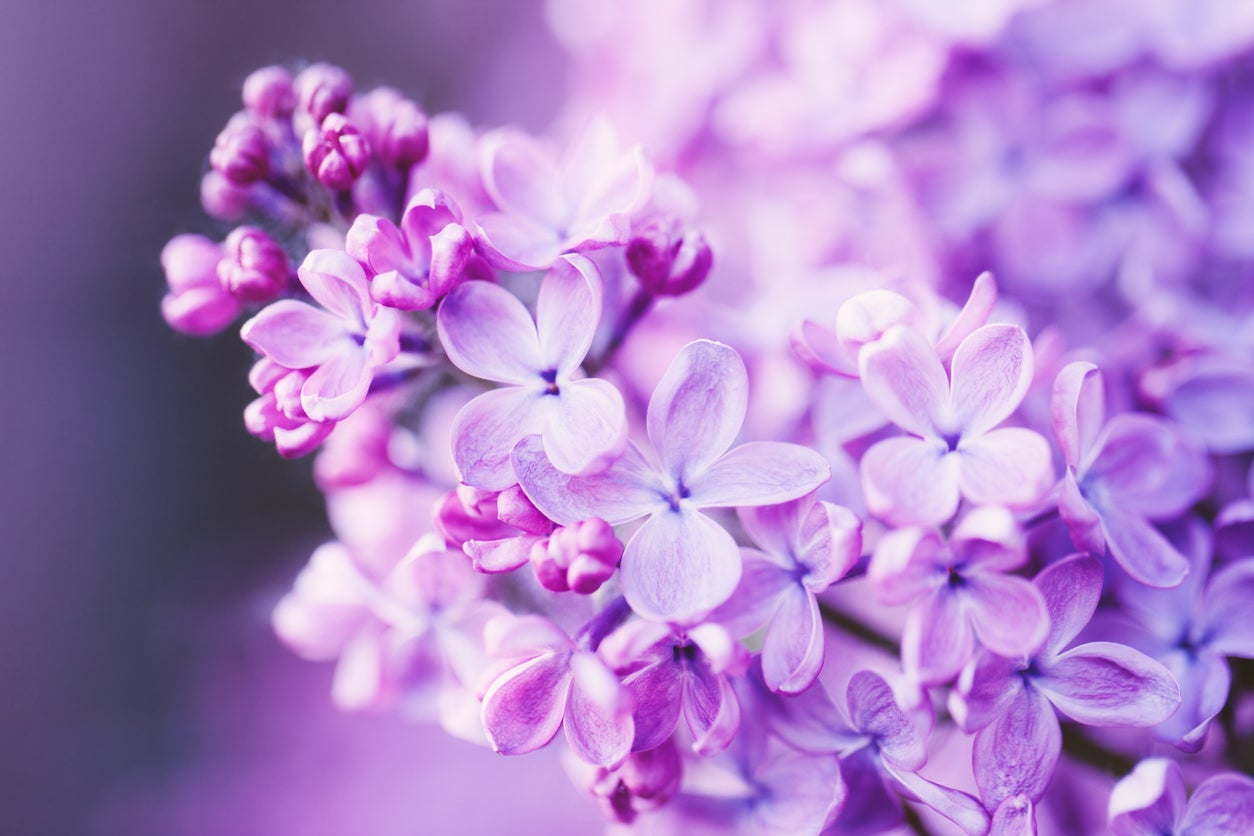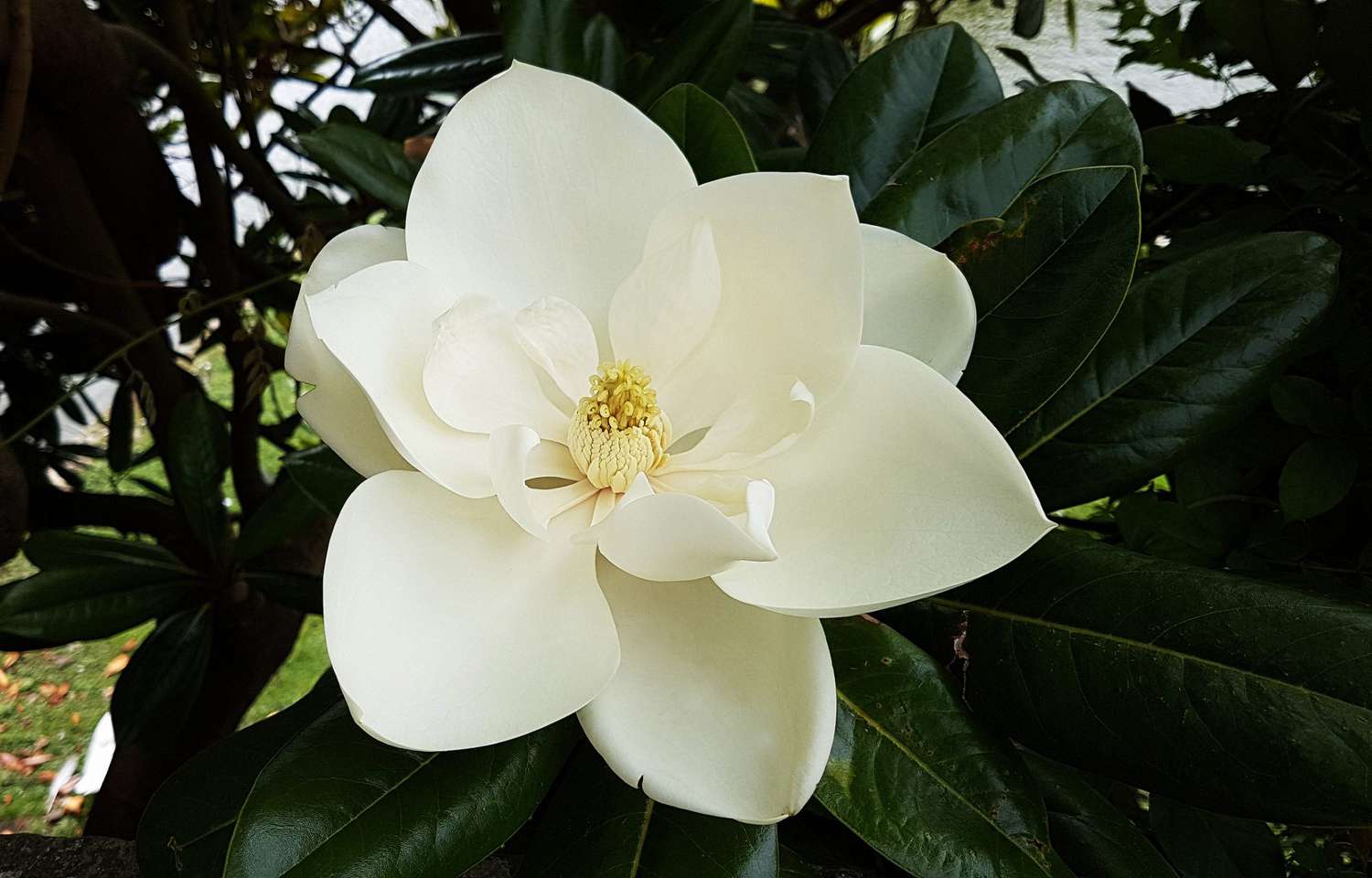Potting Soil and Potting Mix pH – How to check pH level of Potting Soil?

Usually, you do not have to worry about the pH balance of your potting mix and that’s a good thing because unnecessarily messing up with the ph balance may affect the overall health of your plant in a bad way or it may even kill the plant. In this article, you are going to learn about the potting mix, the pH of the potting mix, how to check the pH of the soil at home, how to fix the soil’s pH, etc. Happy reading and happy gardening!
Potting Mix Ingredients – What is pH?
Plants are grown in potting soil, also known as potting mix, which is a mixture of materials other than actual soil. Potting soil is the best-growing medium for plants in containers, whether you’re trying to grow some seeds for repotting, using plant cuttings, etc. The most common potting mix ingredients are perlite, peat moss, and compost in a 1:1:2 ratio.
So, what is pH? In layman’s terms, the pH level determines the acidity of potting mix. The pH of potting mix determines the absorption of nutrients by the plants. Sounds too scientific? In the coming sections, you will be able to understand the signs of bad pH and how to fix the levels using different techniques.
0 Most Acidic, 7 Neutral, 14 Most Basic
The plant thrives when pH is between 5.0 and 8.5. If the ph is beyond this range in either direction, the problem occurs. When pH values are lower than 5.0, manganese & aluminum can become toxic to plants. Plants get excess of these liberated nutrients and cannot process them, leading to plant death.
Signs of low pH
- Yellow spots lead to browning and leaf death.
- Wilting leaves
- Stunted growth
- Blighted leaf tips
- Yellowing of foliage
- Other leaf discoloration
- Poor stem development.
WARNING: Please understand that the above symptoms may also be due to other factors like nutritional deficiency, lack of light, improper watering, etc. So before you start working on identifying and fixing the Ph, do check these factors.
So here’s the top advice, do not worry about the pH balance of your potting mix unless everything else fails.
What causes Low pH?
Several factors drop the ph level of your potting mix and render it acidic. The following are some of the most common factors to consider:
- Rainfall: Naturally acidic but it has less effect in urban areas so consider yourself lucky if you live in a city. But this does not just happen in one rainy season.
- Chemical Fertilizers: Especially nitrogen fertilizers that contain ammonia. The biggest culprit.
- Organic matter: Yes, that’s right, the decomposition of organic matter makes the soil acidic. Always use well-decomposed manures.
- Treated Water: Treated water may increase the acidity of your potting mix.
How to check pH level?

You can easily check your soil pH by investing in an easily available device called a pH meter, it’s not very expensive and can save you from a lot of hassles. You can monthly check your potting mix’s ph level if the aforementioned factors are verified by you.
Alkaline and Acidic Potting Soil Recipe – How to fix pH?
In my experience, a good potting mix, timely addition of macro and micronutrients, proper watering, and light can save you from pH-related troubles. But if despite doing everything right your plants are not thriving, please check your potting mix pH and fix it. So how do we FIX it?? There are different methods to make your soil acidic or alkaline based on the needs of the plants that you grow. Interesting isn’t it?
To make the potting soil more alkaline:

Well, you certainly do not want to make your beautiful Lilacs, exotic brussels sprouts, asparagus, etc unhappy, do you? So to treat these alkaline soil loving plants right, here are some ways to make the soil more alkaline.
1. Mixing Lime: Adding lime to the soil is the most common way to make the soil alkaline. You can add the usual limestone powder or dolomite limestone to the soil and it takes around two months to show the effects completely.
2. Ash of burnt wood: The wood ash can also raise the pH levels of the soil. Wood ash contains large amounts of calcium carbonate and little amounts of Phophoous and potassium which are also important for plants.
3. Powdered Shells: By shells we mean eggs shells, clam shells, oysters, etc. Powder these shells and add the powder to the soil and the pH of the soil is raised!
To make the potting soil more acidic:

There may be two cases where you need to keep your soil more acidic. One, when your soil is excessively alkaline or two, your plants prefer acidic soil. This section will tell you about different ways to keep your soil more acidic. Let’s dive in and learn!
1. Aluminium Sulphate: Using Aluminium sulfate can make your soil more acidic. Use 0.6 pounds of Aluminium Sulphate for 10 sq.ft of soil.
2. Coffee Grounds: Well, coffee grounds work to acidify the soil drastically only when the coffee is full of its contents intact. In other words, used coffee grounds will give very minimal results, therefore, you can use them when there is no need for high levels of acidic peat but your plants call for a little fix in the pH.
3. Peat Moss: Although using peat moss to acidify the soil is a slow process, it is definitely an effective one. Considering the size of the plant, layer the soil with peat moss for about 2 to 3 inches to gradually acidify the soil.
4. Fertilizers with Nitrogen: Using fertilizers with nitrogen as a base is the most effective way to acidify the soil dramatically due to the amount of Ammonium present in them. Since the aftermath of using these fertilizers is drastic, we recommend you go to the nearest gardener or a nursery for the best proportions.
This way you can make the blueberries, magnolias, etc in your garden happy!
Takeaways to maintain the pH of the soil
- Always use well-decomposed cow manure, vermicompost, and compost. This resists changes to potting mix PH.
- If you live in areas where rainy seasons are continuous and longer, provide a transparent/translucent cover/shade to your Terrace garden so that they get sufficient light but are protected from excess rainwater.
- Add Lime. If you detect a low ph, adding lime to your mix helps elevate the ph levels. Loosen the top mix by lightly hoeing for about 4-6 inches and mix the lime powder. Start adding in small quantities first and retake the reading after 3-4 days.
- When your soil pH level is higher that means it’s more alkaline. Sulfur helps in bringing down the pH level. Add small amounts of sulfur since a larger quantity may kill the plant.
We hope this tiny crash course about the potting mix, potting soil pH, and the techniques you can use to balance the pH levels could help you understand the basics. However, we would suggest you consult the nearest nursery directly for further exploration of the topic if you experience it as a major issue in your garden.
